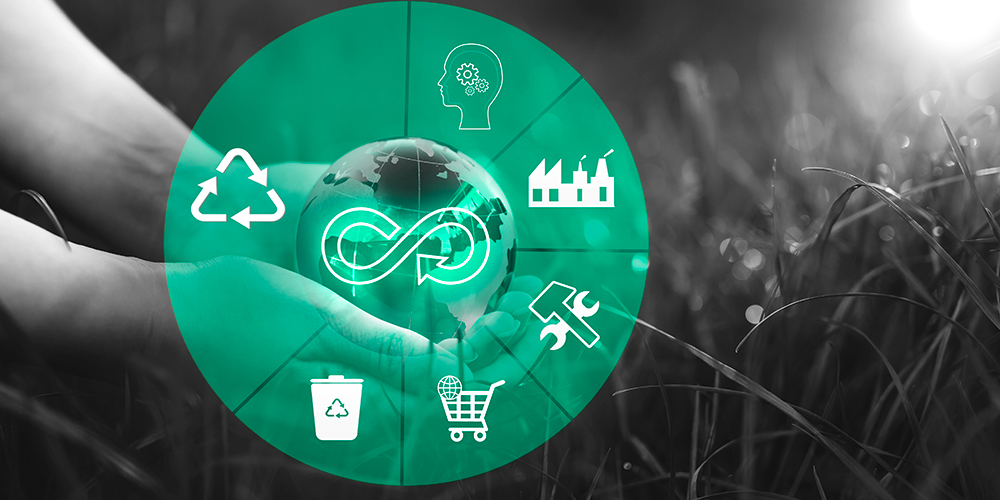Circular economy: what is it and how could it benefit Latin America?

The circular economy presents itself as an alternative to the current production and consumption model. It is built around the aim to decouple economic activity from consumption of finite resources and to transition to the use of renewable energy sources. And the goal of this economic concept intertwined with sustainability is resource efficiency by turning one person's waste into another's resource. In this article we look at where Chile, Colombia, Mexico and Peru stand regarding the circular economy.
The circular economy is based on a range of principles, taking in eco-design, which considers the environmental impacts of a product and incorporates these concerns from the design stage; reuse, meaning using all or part of certain resources again to create new products; the functionality economy, aimed at giving priority to selling a service rather than a product; and second use, by reintroducing into the economic circuit products that no longer match consumers’ initial needs, among others.
The benefits obtained by implementing a circular economy are a saving of costs by reusing resources; longer-lasting and innovative products for consumers which provide an incentive for competition and economic growth; and a reduction of the damage caused to the environment along with conservation of natural resources. These are the reasons why countries are seeking to transition towards circular economy models.
In Latin America, the circular economy is still in its infancy, although it is starting to gain ground, following initiatives such as the Circular Economy Coalition launched at the XXII Meeting of the Forum of Ministers of Environment of Latin America and the Caribbean (LAC), as well as the various actions described in this article.
Check out where each country stands at below:
Contacts







